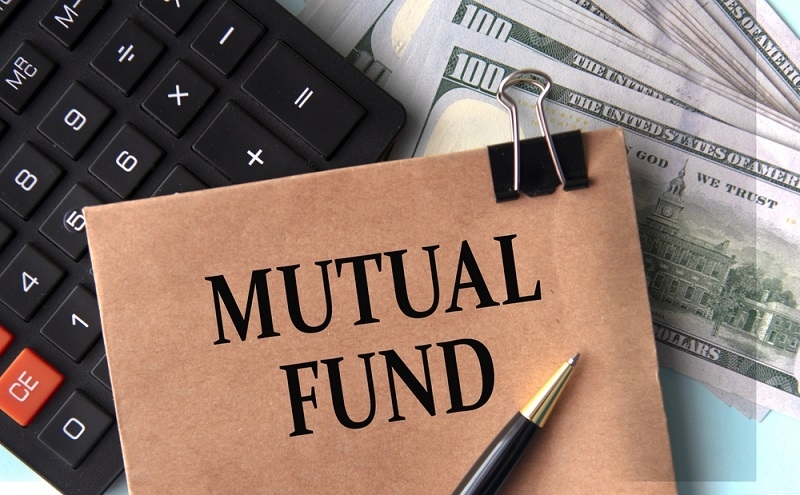
Finding success investing today requires more than simply picking fund flavors of the month. If you are going to invest in mutual funds and ETFs smartly in 2025, you will benefit from knowing both the basics and the advanced tips. You should understand what you are investing in because, while there are many ways to invest, knowing mutual funds vs ETFs investing differences as well as performance measures, possible fee reduction, and how to remain tax efficient can mean the difference between impressive and mediocre investing.
Whether you are new to investing or you are someone who stays connected to the investing world, mutual funds and ETFs will always be solid options for investing and diversifying your investment portfolio. In this guide, you will learn how to get started, what to think about, and how to maximize your process in the active market of 2025 and beyond.
Before you invest in an ETF and mutual fund, it is helpful to understand the fundamental differences. Although both provide exposure to a wide range of assets (under a single investment) , ETFs and mutual funds have very different underlying investment structures, trading mechanisms, and tax treatments.

Understanding these differences can help you fit your method to your goals and risk tolerance.
For new investors in mutual funds and ETFs, beginner mutual funds provide a good starting place. Beginner mutual funds commonly offer broad diversification, low expense ratios, and simple methods of investing.
These funds help create an excellent starting base without access to advanced market skills. As a beginner, the best course of action is to stay on long-term growth and minimize expense ratios.
Low fees are an integral part of smart investing. High fees can obliterate returns over time, especially for those investing in the long-term. Below are the best low-fee ETF investing strategies in 2025.
Low fees are found in index trackers (passive ETFs) instead of index low fees in actively managed portfolio investments. Look for funds with fees tracking the S&P 500, Nasdaq, or Total Market index.
As of 2025, most brokerage firms such as Charles Schwab, Fidelity, and Robinhood provide commission-free ETF trading. Take advantage of these commission-free trading platforms to avoid trading costs.
Consider investing in ETFs that automatically reinvest dividends so growth can compound without an extra fee.
Low turnover refers to high tax efficiency due to fewer capital gains distributions. Great examples are the Vanguard Total Stock Market ETF (VTI) or iShares Core S&P 500 ETF (IVV).
It's important to measure mutual fund performance before investing your hard-earned money. Past performance does not indicate future returns but helps gauge a fund's management and market activity.
Investors need to consider more than returns over a single year. Compare performance based on 3, 5, and 10-year intervals for a true perspective. Always review your fund's performance every year to make sure it continues to meet your objectives.
Taxes can have a serious impact on your returns, especially if you are investing in a taxable account. This is why tax-efficient ETF investment strategies are essential when it comes to maximizing your net returns.
ETFs have lower capital gains because of their structure, and they tend to be more tax-efficient.
Sell losing ETFs and offset your gains, then reinvest in comparable ones to stay exposed.
Investing in ETFs for more than a year lowers your tax rate from short-term to long-term capital gains.
Invest in mutual funds and ETFs in IRAs or 401(k)s to delay or avoid taxes.
Seek out low-turnover ETFs and broad market index-tracking funds. Vanguard and iShares often provide very tax-efficient funds.
To invest in mutual funds and ETFs the smart way, diversification is your protection against market fluctuations. When you invest in multiple sectors, geographies, and asset classes you reduce your overall risk.
Don't forget to periodically rebalance your portfolio to achieve your desired allocation.
Many investors fall into mistakes that eat away at their returns. Avoid these pitfalls when you learn how to invest in mutual funds and exchange-traded funds (ETFs):
Not Researching and Not Doing Your Due Diligence - Do your research on the fund, how it is invested, and the manager's track record.
Are you saving for retirement, to purchase a home, or to finance your kids' education? Your goal determines your risk tolerance and your investment horizon.
Choose a provider that has access to a wide range of mutual funds and ETFs, with no or low trading costs.
Start with index funds or ETFs that broadly expose you to the market. Employ dollar-cost averaging to minimize market volatility's impact.
Monitor performance of funds, rebalance your portfolio, and adjust accordingly. Be consistent, yet make changes as your financial objectives change.
To invest in ETFs and mutual funds the intelligent way in 2025, you need to blend core knowledge with contemporary strategies. Understand the difference in investing in mutual funds vs ETFs, find the top mutual funds for novice investors, utilize low-cost ETF investing tips, and continuously assess tax-efficient ETF investing strategies.
Whether you have a little or a lot of money to invest, making informed decisions and learning along the way will help you build wealth wisely.
This content was created by AI